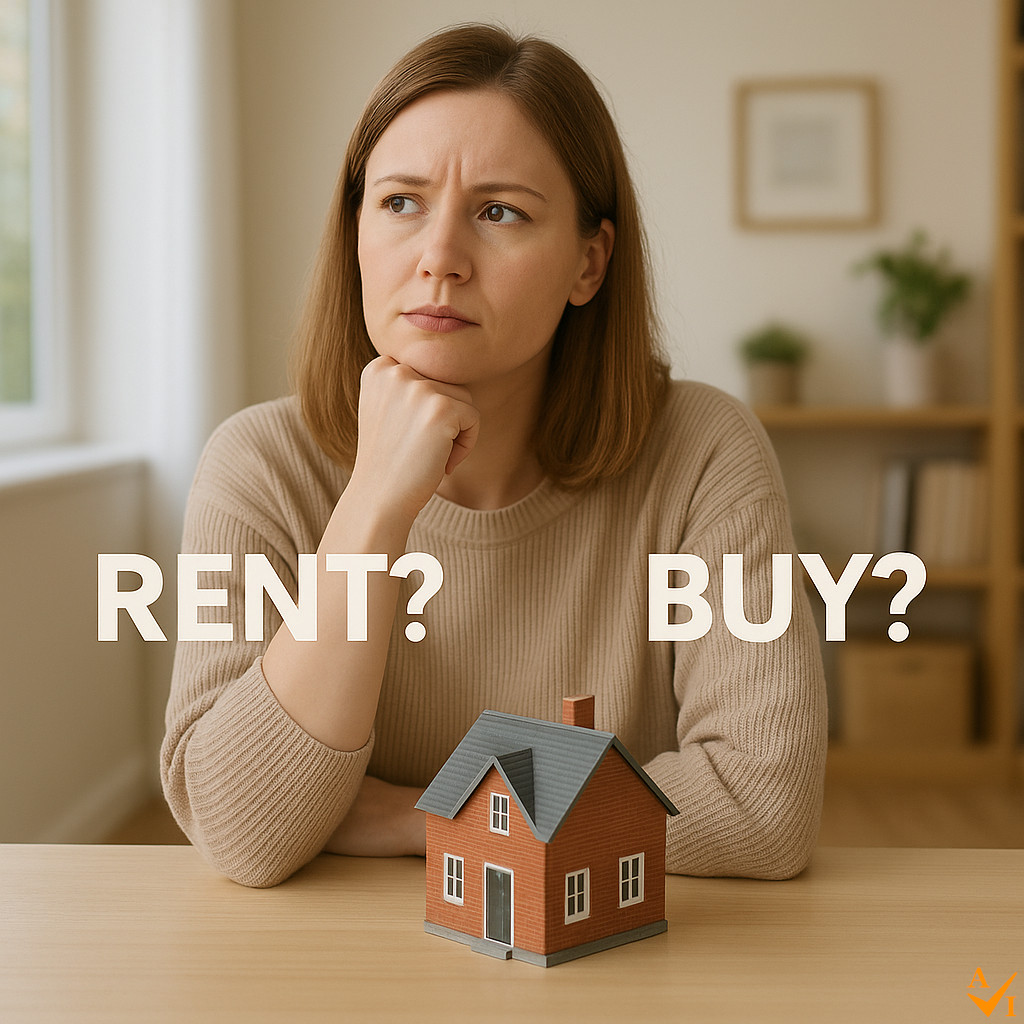
Co-owning property is a growing trend, especially among first-time buyers, friends, or family members eager to enter the housing market. This approach can make property ownership more accessible and affordable, but it requires careful planning and clear agreements. Here’s what you need to know about co-owning a property.
Understanding Co-Ownership: Co-owning means two or more individuals hold title to a property. This can be structured as joint tenants, where each owns an equal share, or as tenants in common, where individuals can own different shares.
Financial Assessment and Agreement: It’s crucial for all parties to discuss their financial situations openly, including credit scores, income, and savings. Agree on contributions to the down payment, mortgage payments, and ongoing expenses.
Joint Mortgage Considerations: Co-owners typically enter into a joint mortgage, meaning each is responsible for repayments. If one defaults, the others must cover the payments.
Legal Agreements: Draft a co-ownership agreement with a legal professional. This should cover cost-sharing, selling shares, and scenarios like death or disagreement.
Managing Property Responsibilities: Decide how responsibilities like maintenance and repairs will be handled and funded.
Exit Strategy: Have a clear exit strategy, including scenarios like selling a share or buying out another co-owner.
Benefits of Co-Owning: It makes ownership more achievable, reduces individual financial burdens, and provides shared responsibility.
Risks to Consider: Potential conflicts between co-owners are a risk. Financial disagreements or changes in circumstances can impact the arrangement.
Co-owning property can be a smart way to step onto the property ladder, but it’s essential to approach it with open communication, clear agreements, and a shared vision. At Peter Cuffaro Estate Agents, we’re here to guide you through the complexities of co-ownership with expertise and care.


















